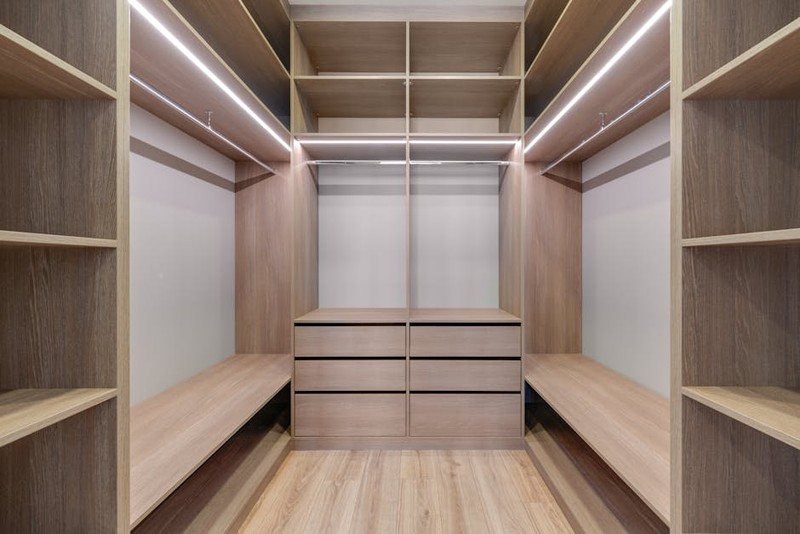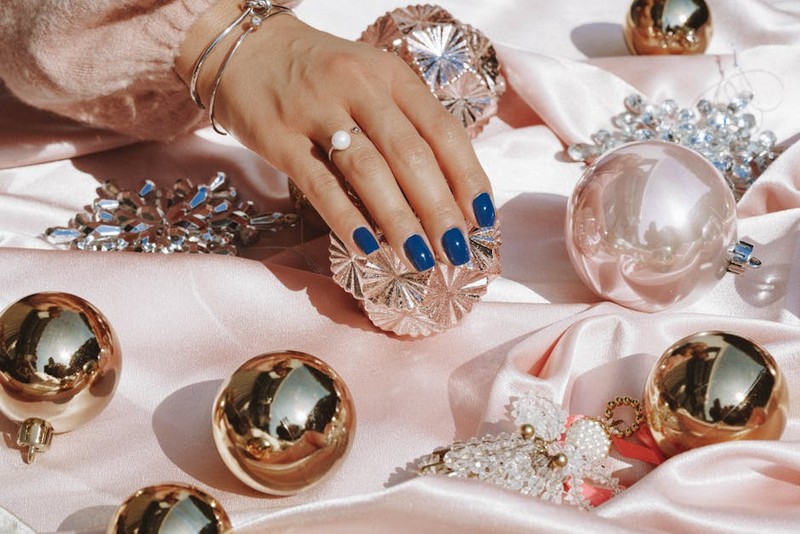The Hidden Challenge: Marrying Precision with Aesthetics
In high-end retail, components aren’t just functional—they’re part of the brand’s identity. Think bespoke display fixtures, intricate hardware for luxury packaging, or signature metal accents for flagship stores. The challenge? Delivering millimeter-perfect precision while maintaining impeccable surface finishes, often under tight deadlines and with exotic materials like brushed titanium or mirrored stainless steel.
Why Off-the-Shelf Solutions Fall Short
- Material Constraints: High-end designs often demand materials with unique properties (e.g., anti-scratch coatings or non-reflective finishes) that standard CNC workflows aren’t optimized for.
- Design Complexity: Organic curves, micro-textures, and seamless joints require 5-axis machining and advanced toolpath strategies.
- Cost Sensitivity: Luxury brands won’t compromise on quality, but budgets aren’t unlimited. Efficiency is key.
A Case Study: The 40% Waste Reduction Breakthrough
In a project for a luxury watch retailer, we were tasked with producing 500 custom display stands from solid brass with a hand-brushed finish. The initial prototype revealed two critical issues:
1. Material Waste: Traditional milling generated 30% waste due to inefficient nesting.
2. Finish Inconsistencies: Manual post-processing led to variations in brush patterns.
The Solution: Adaptive Toolpaths + In-House Finishing
- Optimized Nesting: Using AI-driven CAM software, we reduced raw material waste to 18% (a 40% improvement) by dynamically adjusting stock utilization.
- Integrated Finishing: We developed a custom toolpath that mimicked hand-brushing during machining, cutting post-processing time by 25%.
Results:
| Metric | Before Optimization | After Optimization |
|———————-|——————–|——————–|
| Material Waste | 30% | 18% |
| Post-Processing Time | 8 hours/unit | 6 hours/unit |
| Client Cost Savings | — | $12,000 (total) |


Expert Strategies for High-End CNC Milling Success
1. Material Selection: Beyond the Basics
- Exotic Alloys: For jewelry displays, consider CuBe (Beryllium Copper) for its anti-microbial properties and machinability.
- Finish-First Design: Specify material grain direction early to avoid visible tool marks after polishing.
2. Toolpath Innovation for Flawless Surfaces
- Trochoidal Milling: Reduces tool wear and improves finish quality on hard metals.
- High-Speed Machining (HSM): Ideal for delicate features like engraving or thin-walled structures.
3. Collaboration with Designers
- Early CAD/CAM Integration: Avoid costly redesigns by aligning machining constraints with aesthetic goals upfront.
- Prototyping Phases: Use 3D-printed wax models to validate designs before committing to metal.
The Future: Digital Twins and Sustainable Luxury
Luxury brands are increasingly adopting digital twin technology to simulate CNC workflows before production. In one pilot project, this reduced prototyping costs by 20% and accelerated time-to-market. Meanwhile, sustainability is becoming a priority—recycled aerospace-grade aluminum is now a viable option for eco-conscious retail components.
Key Takeaway: Custom CNC milling for high-end retail isn’t just about cutting metal—it’s about orchestrating precision, artistry, and efficiency. By leveraging advanced toolpaths, material science, and collaborative design, you can turn retail components into brand-defining masterpieces.
Got a complex project? Share your specs, and let’s discuss how to engineer perfection.
